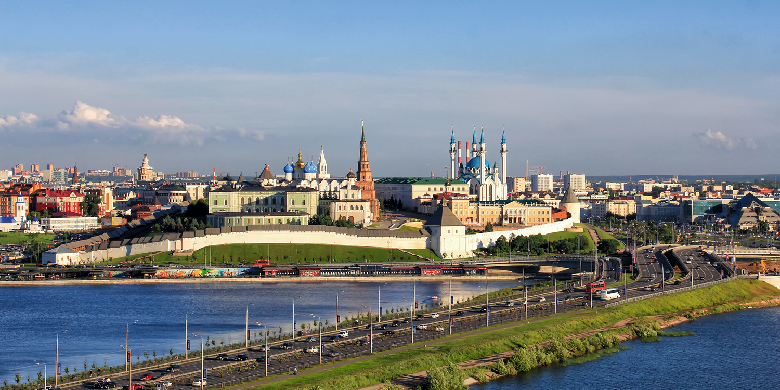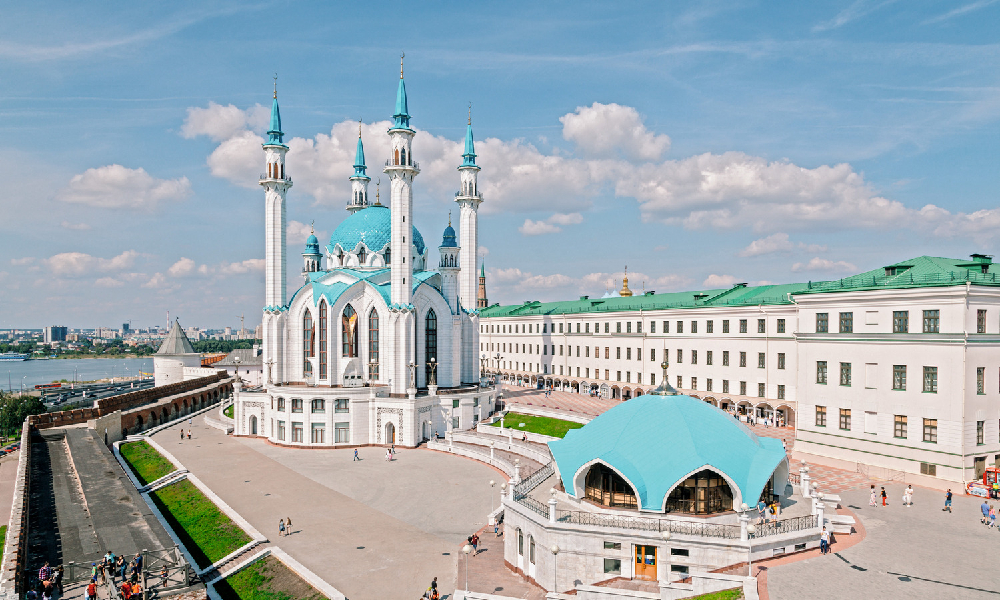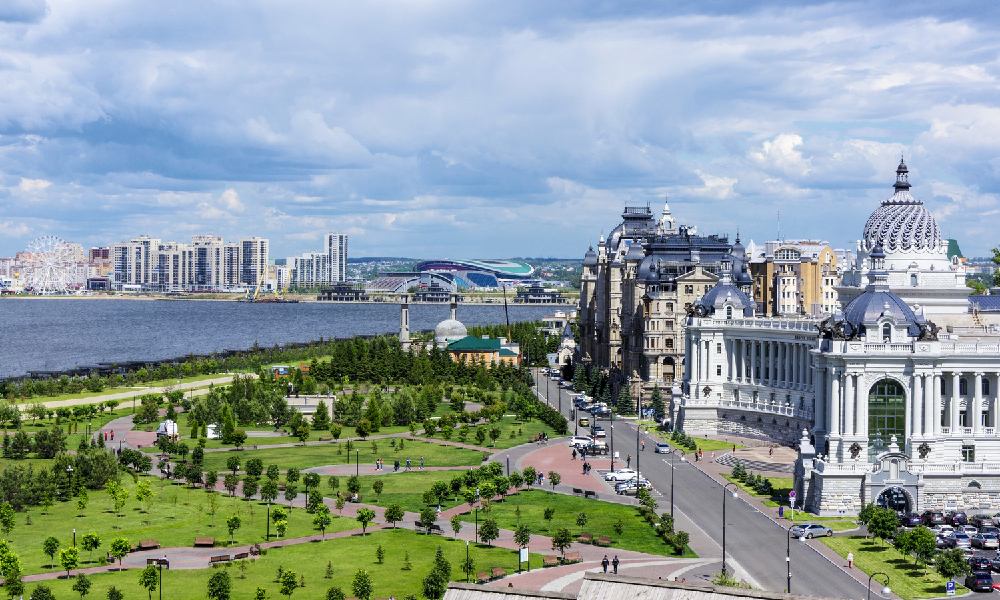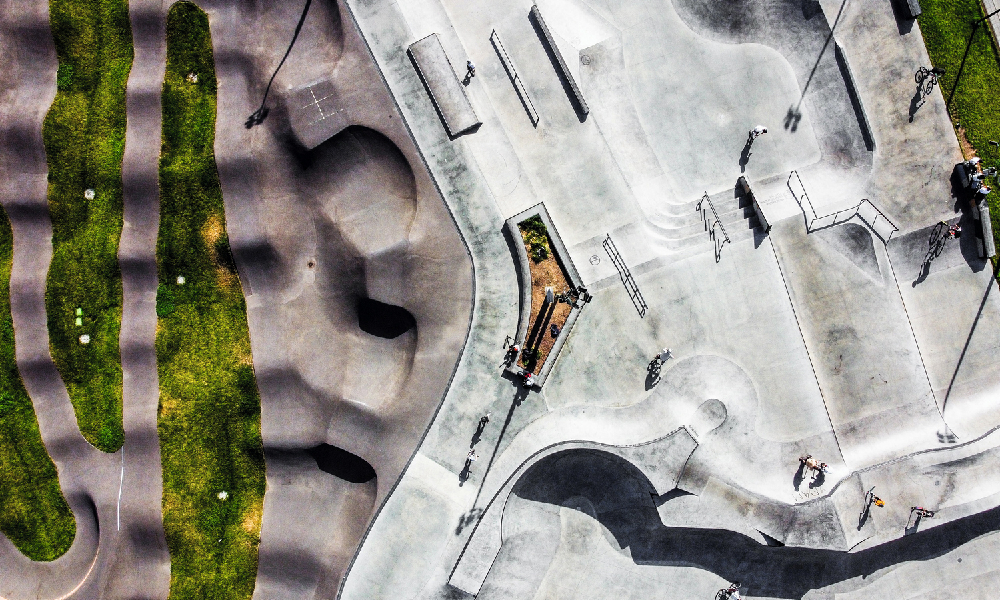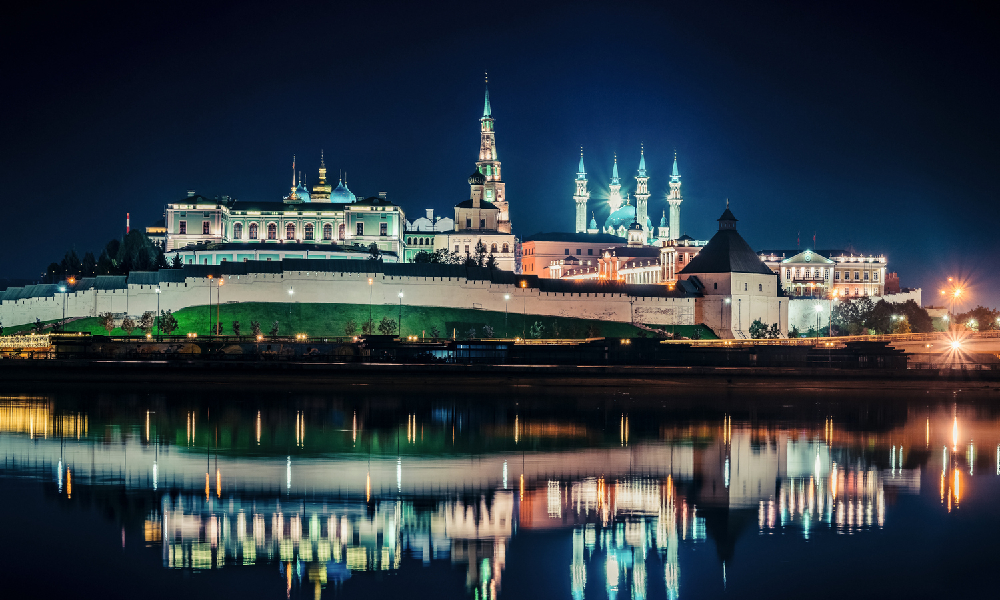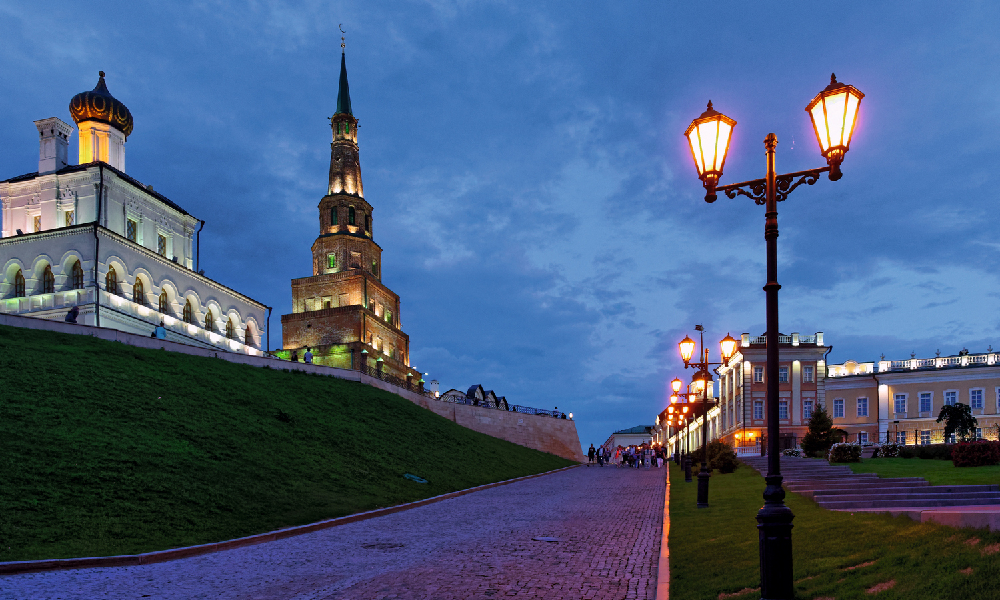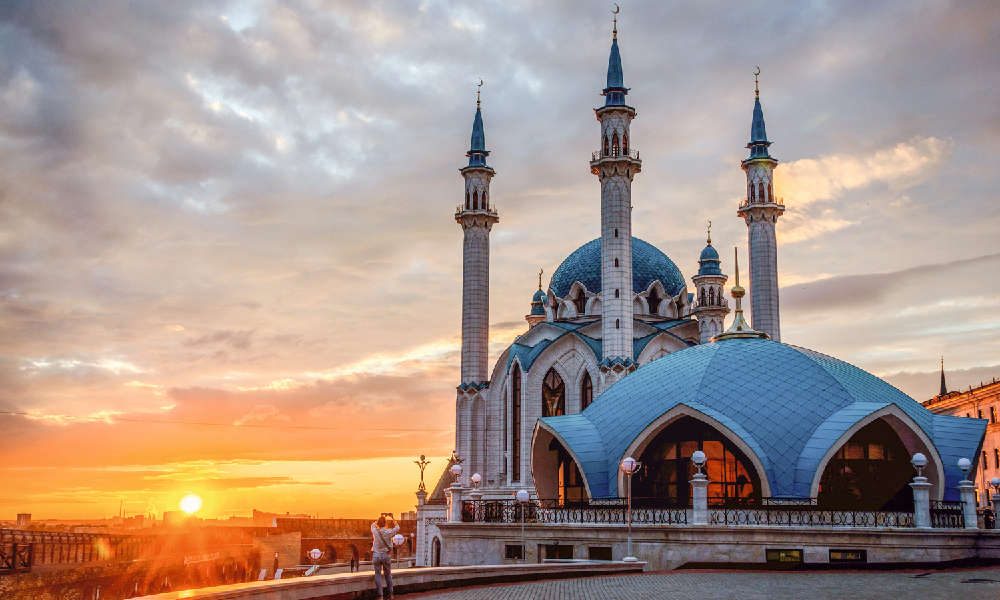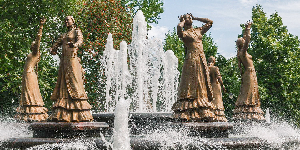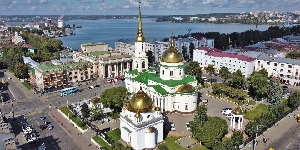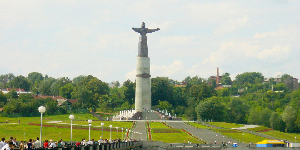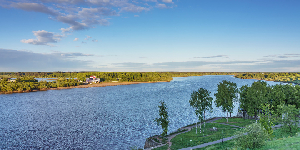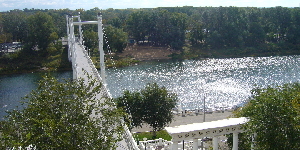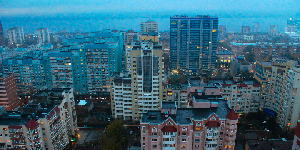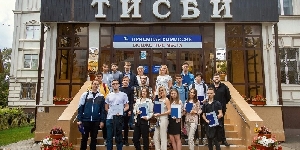Geography. Tatarstan is located in the center of European Russia in the East European Plain, at the confluence of the two rivers–Volga and Kama. It borders the Kirov, Ulyanovsk, Samara, and Orenburg Regions, the Republic of Bashkortostan, the Mari El Republic, the Udmurt Republic, and the Chuvash Republic. The total area of Tatarstan is 67,836 km². The territory of the republic is a plain in the forest and forest-steppe zone with small hills on the right bank of the Volga and in the southeast of the republic. 90% of the territory is located at a height of not more than 200 meters above sea level.
Climate. Moderately continental.
Average temperature
- – 13– 14°C in January
- +19…+21°C in July
Population
Economy. The main industries are oil extraction, chemistry and petrochemistry, mechanical engineering and metalworking, civil engineering, electric power engineering, and the light industry.
Logistics. Tatarstan has all types of transport.
- Highways crossing the territory of Tatarstan: М7, М5, Р239, Р241, А295, А151.
- Railway station in Kazan
- International airport
Tourist attractions
- Sviyazhsk Island City is a historical settlement founded in 1551. Nowadays it has the status of village. Here you can find all kinds of tourist attractions, including four monasteries and the monument to the victims of political repressions. The Assumption Cathedral is protected by UNESCO.
- Bulgar Ancient Settlement Reserve was founded in 1969. Local buildings date back to the 10-12th centuries. Some of them belong to the Golden Horde, and others to Volga Bulgaria. Some buildings were used for religious purposes, and others – for economic ones. The cathedral mosque is a jewel of Bulgar. The two mausoleums, and, a little farther, the small minaret are located nearby. The researchers discovered the khan’s baths in the center of the ancient settlement. The style of that time can be seen in the interior furnishing.
- Yurievskaya Cave was examined for the first time ever in 1953. It is approximately 1,000 meters long. The half of the cave is accessible for inspection. It has only one entrance. Nearby, they used to extract gypsum. The cave did not always have such output characteristics, and they are likely to change. To open the new halls, full-scale excavation was required. Other natural sites of this level are closed to strangers and tourists.
- St. Nicholas Cathedral in Chistopol was built in 1838. The five-headed cathedral is a typical representative of the Classic style. In the Soviet period, it was closed or then re-opened and changed its function, even serving as a warehouse. In 1990, it was given back to the church, and its restoration began. Some small details and early descriptions of the abode were taken into account during the work. Such an approach helped do almost without changes and restore the original appearance of the cathedral.
The capital – the city of Kazan – is one of the oldest Russian cities. It was founded in 1005.
Population
Kazan is one of the major economic, scientific, educational, religious, cultural, and sports centers in Russia. The city has a registered trademark to be called the third capital of Russia.
Kazan boasts several private galleries, a circus, a zoological garden, plenty of sports facilities, and a philharmonic.
